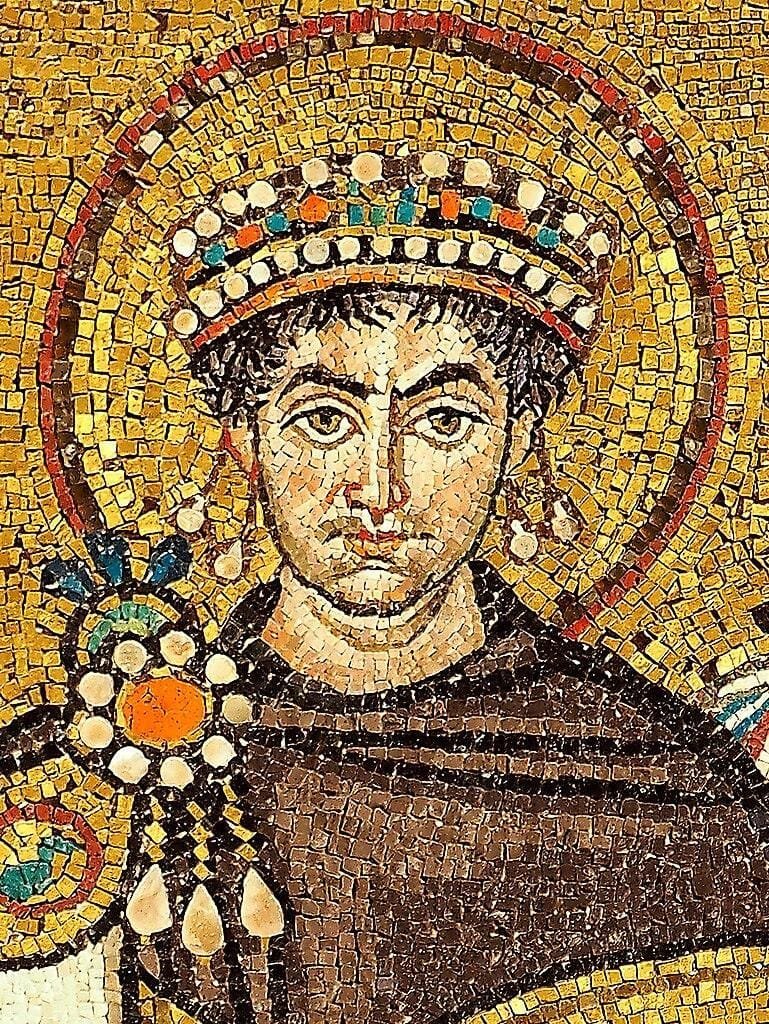Archaeologists who have been working in Ulpiana, an ancient city located in Kosovo’s Dardania region, have unearthed a rare mosaic dedication to the Byzantine emperor Justinian I (CE 527–565) and his wife, Theodora. The find, announced by Kosovo’s Minister of Culture, Hajrulla Çeku, is the second of its kind to be uncovered at the site in recent years.
Ulpiana, a thriving city in the Roman province of Dardania, flourished from the first through the sixth century CE. The city was devastated by an earthquake around CE 518 but was rebuilt during the reign of Justinian, who was born in the region.
The first inscription, found two years ago, recorded the rebuilding of the city as Justiniana Secunda. The newly found mosaic commemorates the construction of an episcopal basilica and is one of the only known dedications to Justinian in his place of origin.
“This is a discovery that shapes history,” Minister Çeku said, describing it as a “powerful dedication by Emperor Justinian” to the city of Dardania and its church. The archaeological excavation was conducted by Christophe Goddard, Hajdari Arben**,** and Milot Berisha as part of scientific research at the Ulpiana Archaeological Site.
 Detail of a contemporary portrait mosaic of Justinian in the Basilica of San Vitale, Ravenna, CE 547. Credit: Petar Milošević, CC BY-SA 4.0
Detail of a contemporary portrait mosaic of Justinian in the Basilica of San Vitale, Ravenna, CE 547. Credit: Petar Milošević, CC BY-SA 4.0
Kosovo’s Prime Minister, Albin Kurti, also stressed the significance of the finding. “In the ruins of the Roman city of Ulpiana, not far from Pristina, archaeologists have made an interesting find: an inscription by Emperor Justinian—a rare witness to his connection with Dardania, his country of origin—and a testament to successful international collaborations,” Kurti stated.
Minister Çeku stressed that the protection and preservation of Kosovo’s archaeological heritage are now addressed with unprecedented seriousness. Excavations at Ulpiana and Dresnik are carried out on public land expropriated last year, making wider excavations possible. He also pointed out that intensive efforts are underway to prepare conservation and management plans, strengthen professional capacities through international cooperation, and improve scientific studies and publications.
“Archaeology continues to bring us our history. We continue with dedication to research and protect it,” Çeku said.





